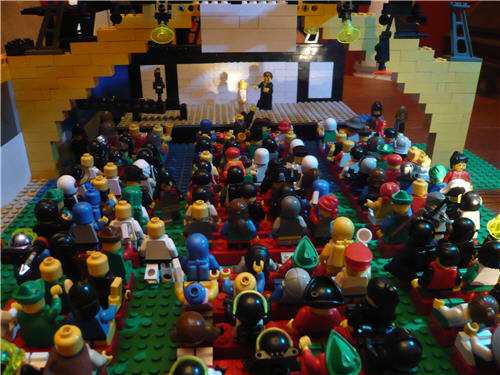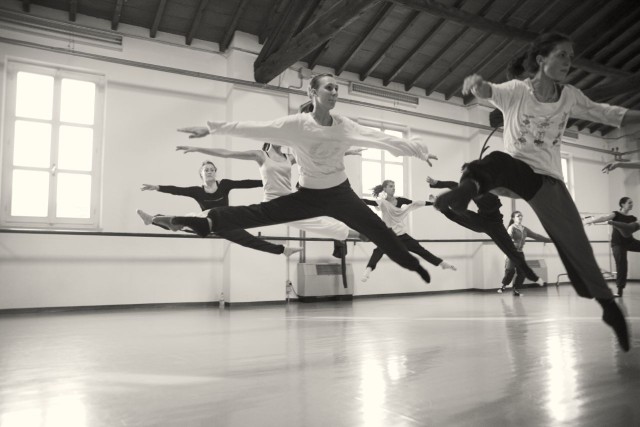The advantages of supporting connection during meeting sessions

Hunger for connection
I believe that the great majority of people hunger for connection with others. Without it, our lives suffer. Indeed, Robert Putnam, in Bowling Alone, his sobering opus on social change in America, states that about half the observed decline in life satisfaction among adult Americans over the last 50 years “is associated with declines in social capital: lower marriage rates and decreasing connectedness to friends and community.” And the sociologist James House tells us that “the magnitude of risk associated with social isolation is comparable with that of cigarette smoking and other major biomedical and psychosocial risk factors.”
And yet, when we hold a conference in our culture—an occasion when we bring together people with a common interest in a subject—we give low priority to the potential for connection with our fellow conferees. Broadcast-style sessions predominate. There is little or no opportunity for attendees to connect. This is so even though we have an ideal requisite for directly enjoying each other’s company—sharing a common interest!
The need for connection
Supporting connection with others is becoming increasingly important. We are moving to a world where people’s knowledge and expertise are a function of the networks—both face-to-face and online—they possess rather than the contents of their heads. If, in our work lives we are spending more time learning socially than being trained in the classroom, our meetings must provide the same relative opportunities.
Traditional conferences leave connection time for breaks, meals, and socials. This is why so many people report that hallway conversations during breaks are the best parts of such meetings. When sessions fail to meet our connection needs, we connect outside the official schedule. The broadcast design of most meeting sessions relegates connection with peers to an afterthought, as something you’re supposed to do on your own. And this is not easy. Even if you somehow know exactly the new people and old friends you want to meet, arranging to do so is hard enough without also competing with loud dance music, fixed meal seating, and lunchtime entertainment or talks. And if you expect to readily meet the most interesting people (to you) at such events by chance from a crowd of hundreds or even thousands, then you have not been to many conferences.
Provide opportunities for participants to connect
We must reverse our consistent demotion of connection to second-class status for meetings to effectively support the social learning that’s now essential to perform our jobs well. We need to provide opportunities for participants to connect and share in the sessions themselves. This doesn’t mean turning sessions into speed-dating or adding irritating “icebreakers.” Instead, it means taking advantage of:
- Improvements in learning that result from actively engaging with others around content rather than listening to it or watching it.
- The rich and extensive knowledge and experience of participants in the room.
- Increased opportunities to meet like-minded peers via discussion of session content, ideas, and questions.
Active learning increases the quantity, quality, accuracy, and retention of knowledge. Active learning and connection are inextricably entangled; you can’t learn from your peers without simultaneously learning about them. Making connections is a powerful and important motivation for attending events. So, providing appropriate opportunities to connect during sessions is attractive, smoothing the way for the active learning that follows.
Supporting connection
Connecting with peers during a session allows participants to access expertise and experience beyond what an expert at the front of the room can provide. Using participative techniques that uncover and develop useful connections to those with relevant knowledge, participants can discover and take full advantage of the collective wisdom in the room.
Image attribution: recode.net

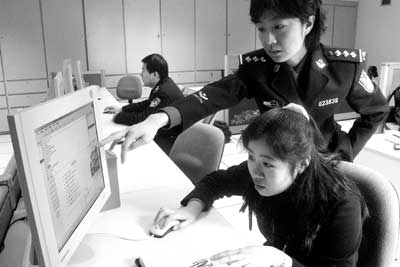
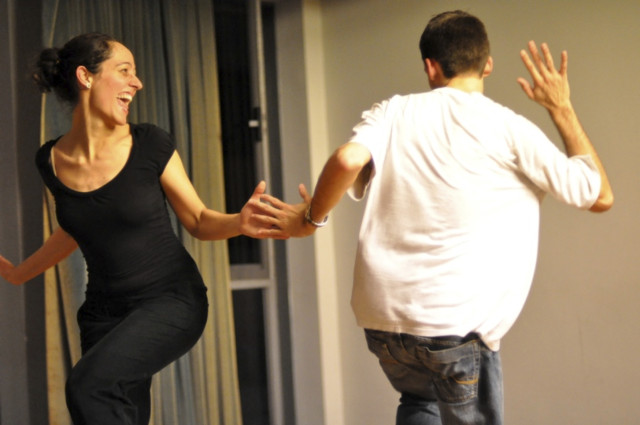
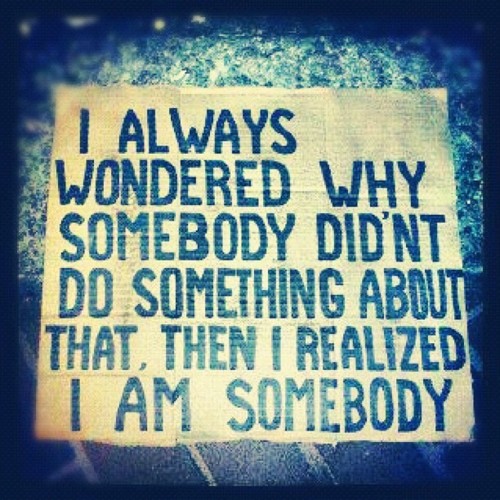 Who is
Who is 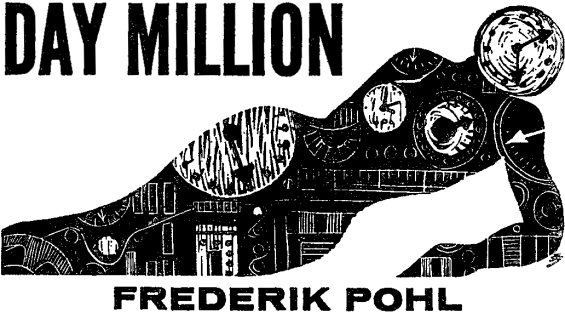
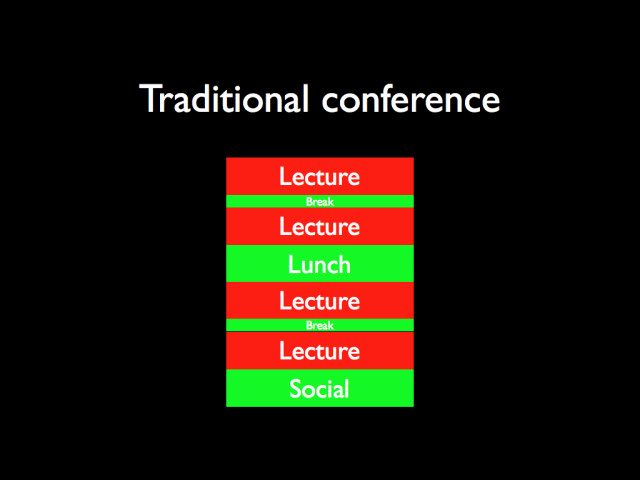
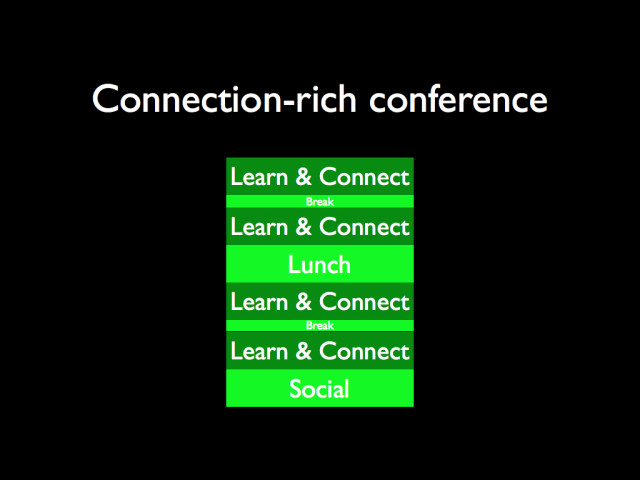
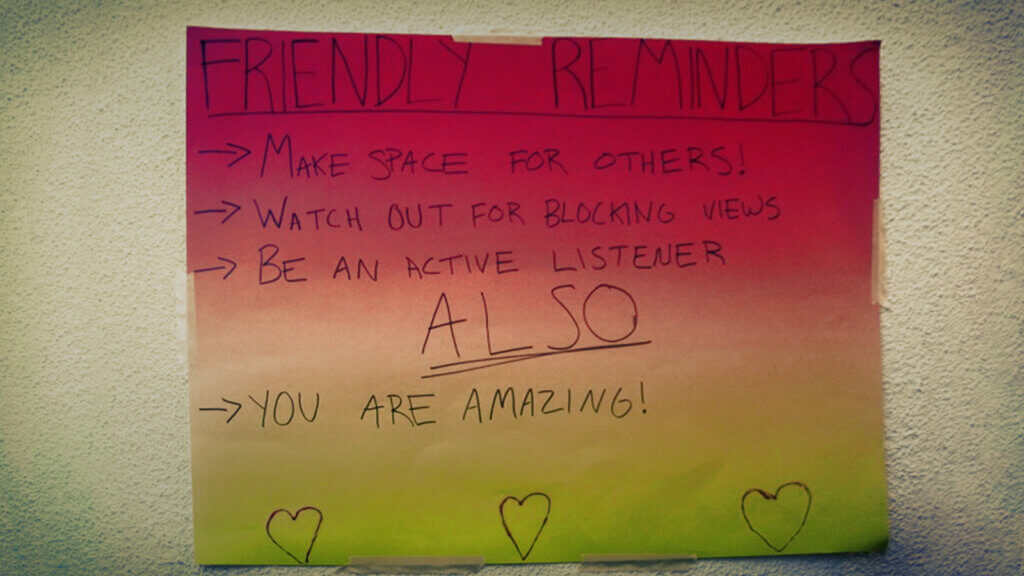 Ground rules? We don’t need ’em!
Ground rules? We don’t need ’em!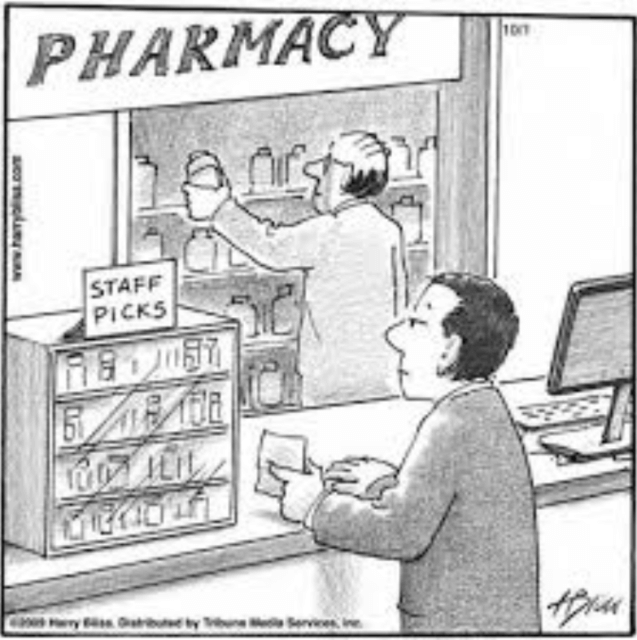 Staff picks
Staff picks